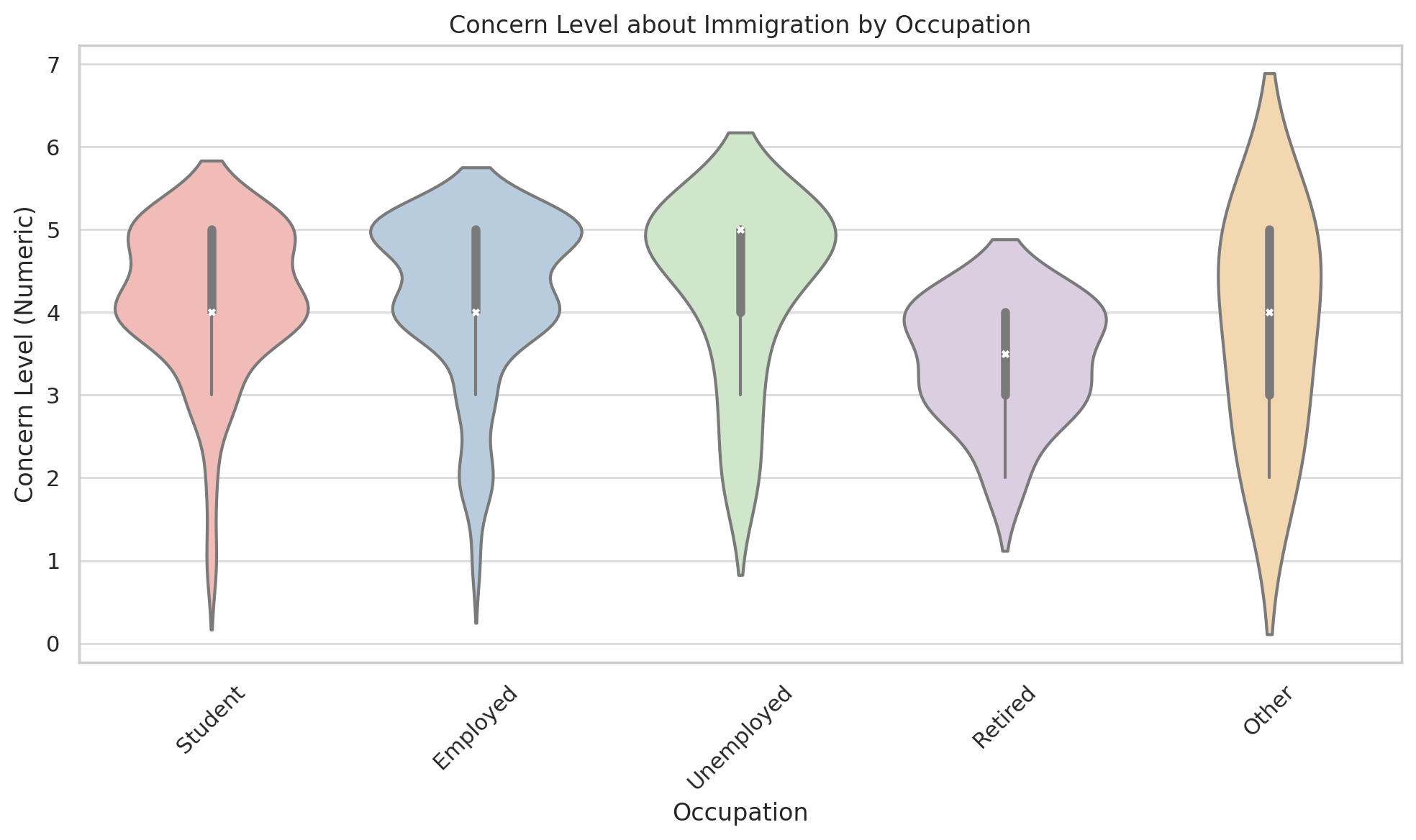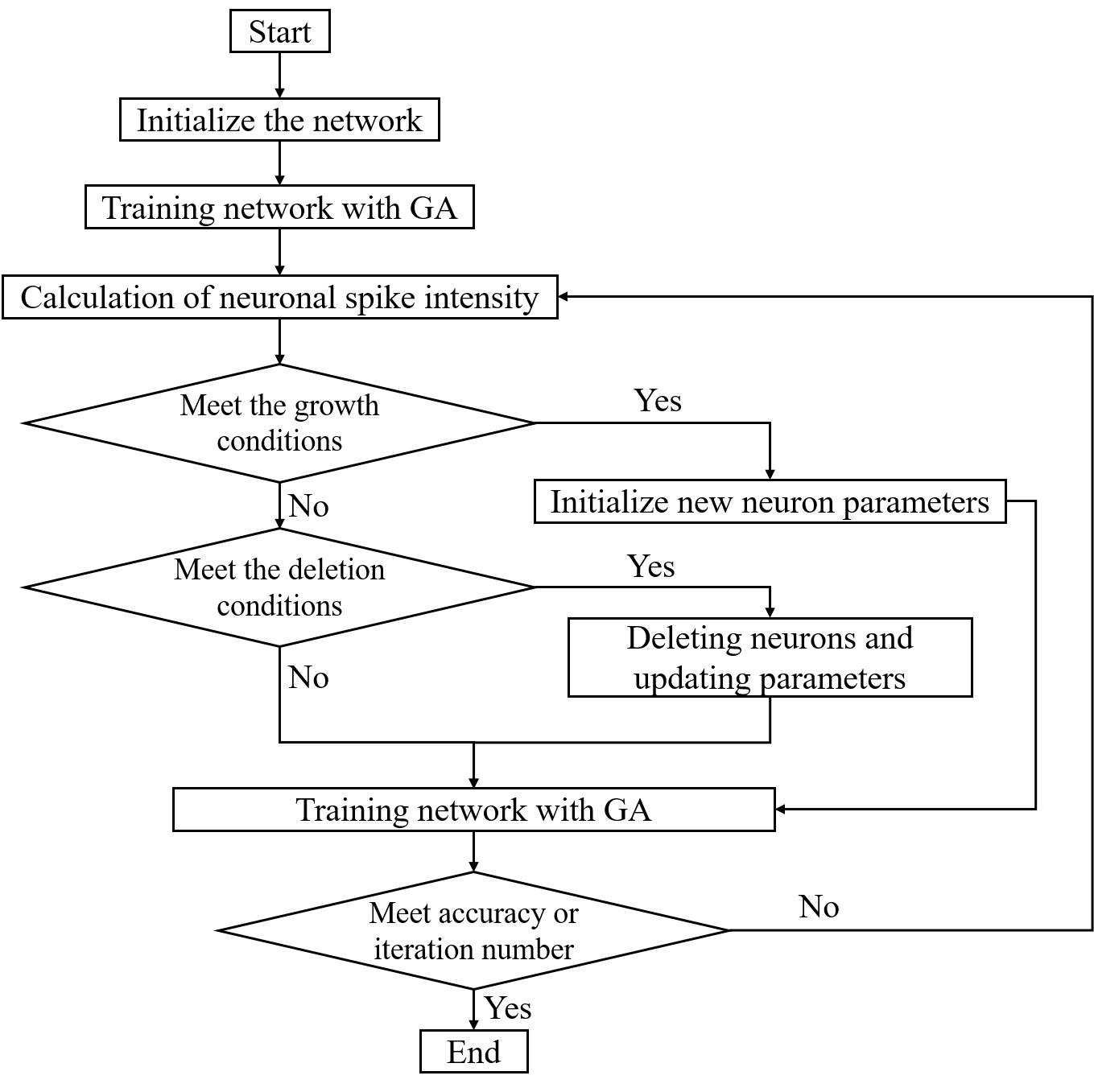 An open access journal
An open access journal
Human-Computer Interaction (HCI): Designing Intuitive and User-Centric Interfaces
Abstract
Human-Computer Interaction (HCI) is a critical field that focuses on creating user-friendly interfaces that enhance the interaction between humans and computers. This paper explores the significance of HCI, emphasizing its role in user interface design, usability testing, and user experience (UX) research. It delves into various aspects, including user-centered design, usability principles, and interaction modalities. The discussion includes the benefits of HCI, such as improved user satisfaction, task efficiency, and accessibility. Moreover, the paper addresses the challenges and considerations in designing intuitive interfaces, including user diversity and evolving technologies. Through a review of HCI best practices and case studies, the study highlights the positive outcomes associated with prioritizing user-centric design in technology development.
Share and Cite
Article Metrics
References
- Cooper, A., Reimann, R., & Cronin, D. (2007). About face 3: The essentials of interaction design. John Wiley & Sons.
- Dix, A., Finlay, J., Abowd, G., & Beale, R. (2004). Human-computer interaction. Pearson Education.
- Nielsen, J. (1993). Usability engineering. Morgan Kaufmann.
- Shneiderman, B. (1997). Designing the user interface: Strategies for effective human-computer interaction. Pearson.
- Norman, D. A. (2013). The design of everyday things: Revised and expanded edition. Basic Books.






